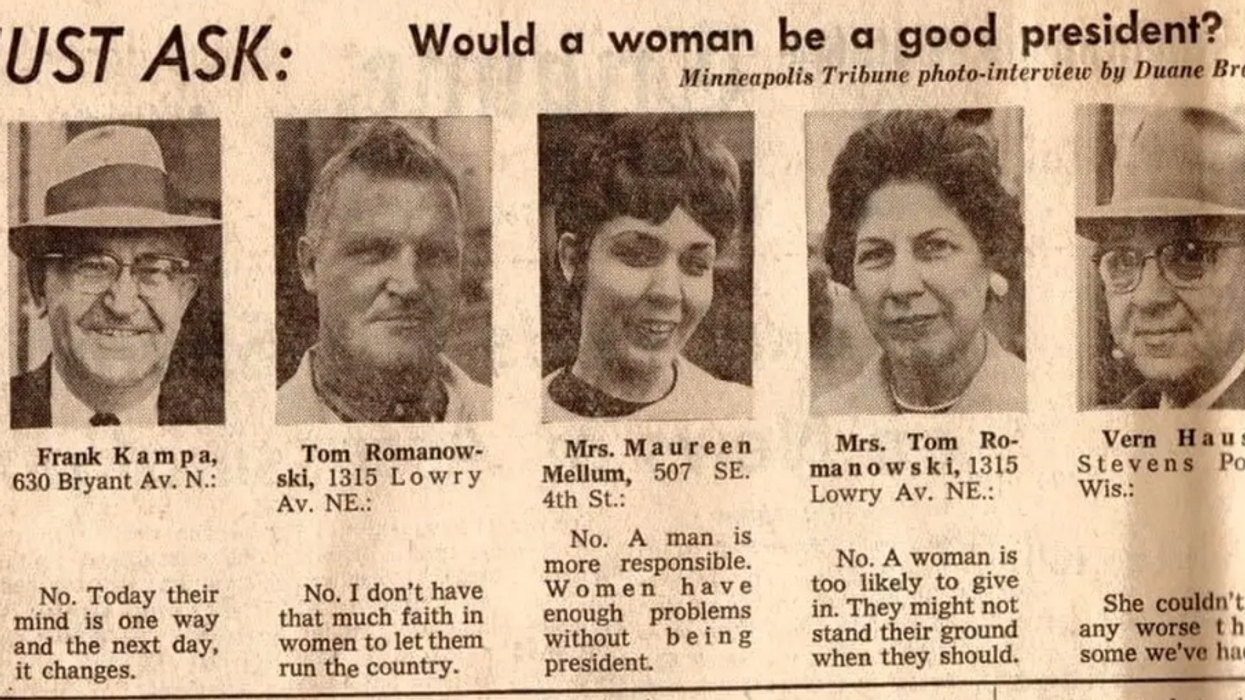Shelter, in its most basic form, is about physical protection from nature and the elements. Yet throughout history, man has built structures that offer solace for the spirit as well. Within the built environment of the modern city, the various architectures of churches and temples tell different stories: Some point upward to the sky, while some direct all traffic in through the front door. Some attract second looks with their ornamentation, while some warn the uninitiated to walk on by. And some, quite frankly, tell us that this was the most affordable space available.
In the following pages, the photographer Will Etling takes us on a tour of the literal foundations of Angeleno faith by viewing the walls we built in order to worship.
citieschurch of scientologythe cities issueplaces of worshipzenshuji soto missionministerio cristianochurch of jesus christ of latter-day saintssung lim korean presbyterian churchgolden west christian churchholy transfiguration russian orthodox churchlatvian evangelical lutheran churchmasjid omar ibn al-khattabwildshire boulevard templest. andrew ukrainian orthodox churchgood 023spirituality and religion
















 Robin Williams performs for military men and women as part of a United Service Organization (USO) show on board Camp Phoenix in December 2007
Robin Williams performs for military men and women as part of a United Service Organization (USO) show on board Camp Phoenix in December 2007 Gif of Robin Williams via
Gif of Robin Williams via 
 People on a beautiful hike.Photo credit:
People on a beautiful hike.Photo credit:  A healthy senior couple.Photo credit:
A healthy senior couple.Photo credit:  A diverse group of friends together.Photo credit:
A diverse group of friends together.Photo credit:  A doctor connects with a young boy.
A doctor connects with a young boy.  Self talk in front of the mirror.Photo credit:
Self talk in front of the mirror.Photo credit:  Lightbulb of ideas.Photo credit
Lightbulb of ideas.Photo credit 

 Superstructure of the Kola Superdeep Borehole, 2007
Superstructure of the Kola Superdeep Borehole, 2007 

